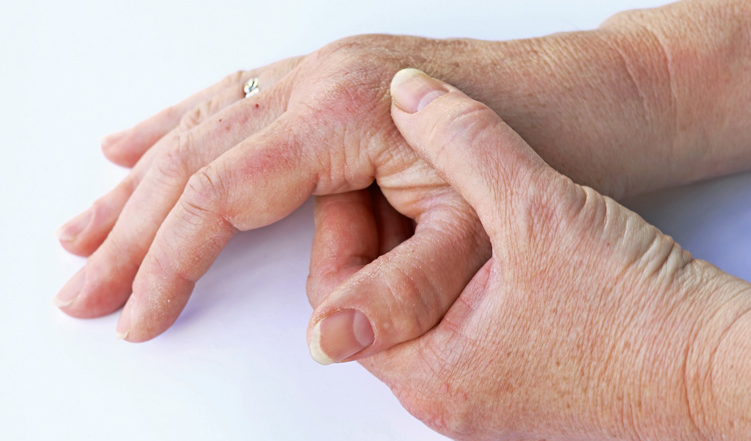
Joint protection principles can help reduce joint inflammation and pain
Painful joints and aches associated with injury or arthritis affects the lives of millions of Australians.
Because joint pain caused by osteoarthritis or rheumatoid arthritis can be complex, people with unstable or painful joints commonly have a limited understanding of activities that increase risk of further joint damage or that promote inflammation.
Thankfully expert physiotherapists, occupational therapists and exercise physiologists can teach some simple strategies to help reduce the strain your joints and improve the ongoing pain it can cause.
What is joint protection?
Joint protection is a process that includes:
- Individualized assessment of a patient’s activities to ascertain the potential to contribute to worsening pain, inflammation, instability, and/or deformity of an already abnormal joint[1]
- Creation of a program to increase a patient’s functional ability that includes altered work methods, behavioral modifications, and good body mechanics and that is supplemented, if necessary, with splints, braces, or adaptive equipment designed to minimize further joint damage[2]
Who can benefit from joint protection techniques?
Joint protection techniques were originally designed for people with rheumatoid arthritis to help reduce pain and inflammation and to protect their fragile joint capsules and ligaments .These principles have been expanded to include individuals with osteoarthritis and overuse conditions.
What are the principles of joint protection?
Joint protection programs may include changing to a more ergonomic work method, behavioural modifications, and instruction in good body mechanics. Splints, braces, or adaptive equipment designed to minimise further joint damage may also be helpful.
Patient education forms the basis of joint protection and physiotherapists teach patients to:
- Respect pain
- Distribute the load over stronger joints and/or larger surface areas
- Avoid maintaining the same joint position for prolonged periods
- Reduce excess body weight
- Use good posture and body mechanics
- Use the minimum amount of force necessary to complete the job
- Simplify work by using efficiency principles: plan, organize, and balance work with rest
- Remain active to maintain and increase strength and range of motion
Working from home comfortably
Regular computer use might seem low stress at first glance, but can contribute to back pain, neck pain, muscle fatigue, carpal tunnel syndrome, wrist fatigue, shoulder fatigue, headache, and eyestrain.
An ergonomically designed workstation can reduce joint strain, especially in the neck and back. On top of that, physiotherapy interventions include education in good posture, proper placement of equipment, fitness maintenance, and regular rest breaks.
How do I learn more about joint protection?
The two major aspects of joint protection involve a physiotherapist undertaking an individualized assessment of your activities and creating a program to improve function and decrease inflammation risk.
Joint protection education could be beneficial for you if you have:
- Repeated exacerbations of pain following activity
- Joint injury
- A newly diagnosed joint disease
- Deconditioning and other secondary effects of inactivity
- An inability to successfully exercise at home or in the community
If you are suffering from osteoarthritis pain or ongoing joint pain, it may be helpful to consider booking an appointment with a physio to investigate the best joint protection methods for your circumstances. For more information, give us a call on (02) 9428 5772 or send an email to [email protected].
[1] Cordery J, Rocchi M. Joint protection and fatigue management. In: Rheumatologic Rehabilitation, Melvin J, Jensen G (Eds), American Occupational Therapy Association, Bethesda 1998. Vol 1, p.279.
[2] Hammond A. Rehabilitation in musculoskeletal diseases. Best Pract Res Clin Rheumatol 2008; 22:435



